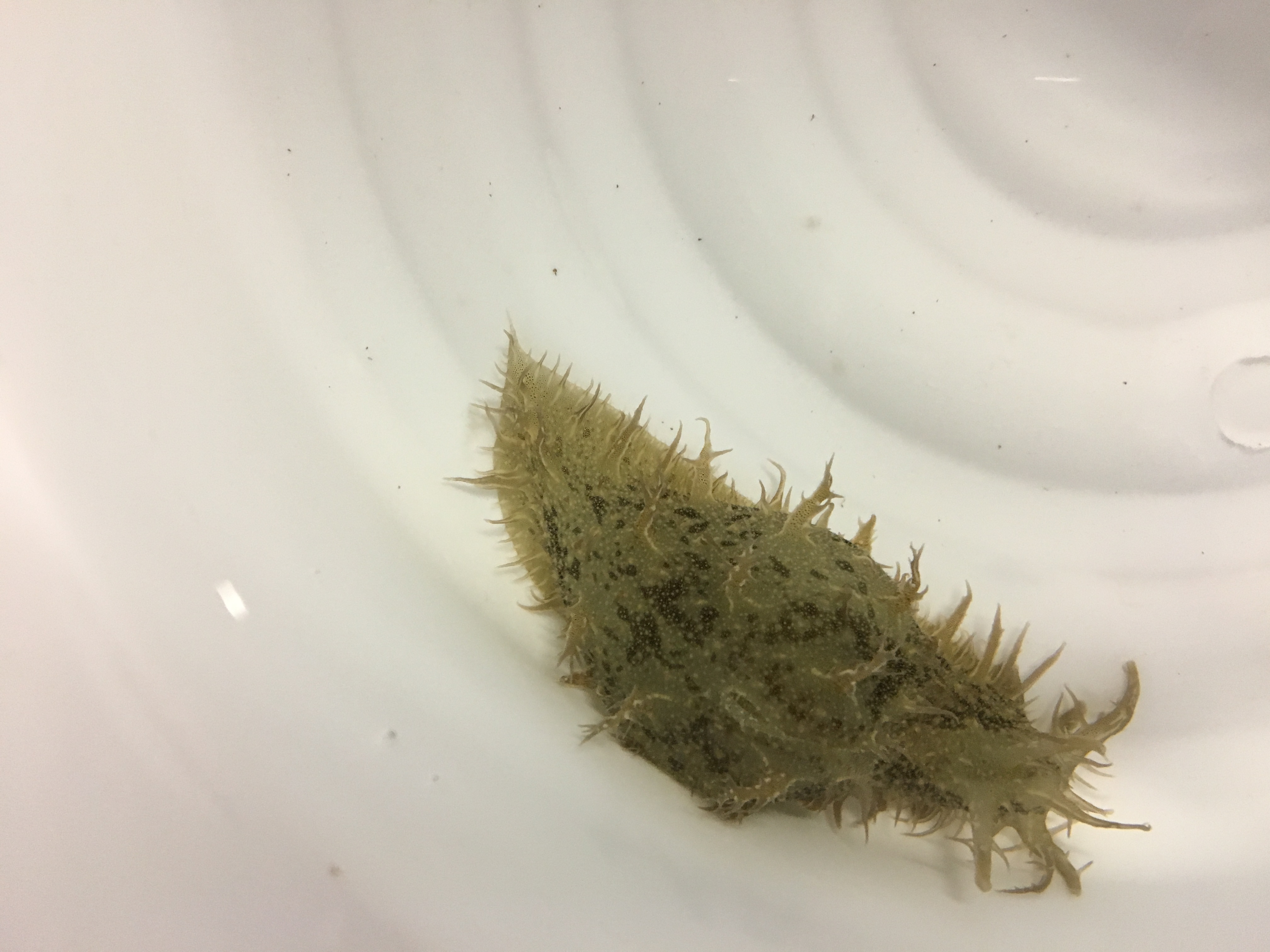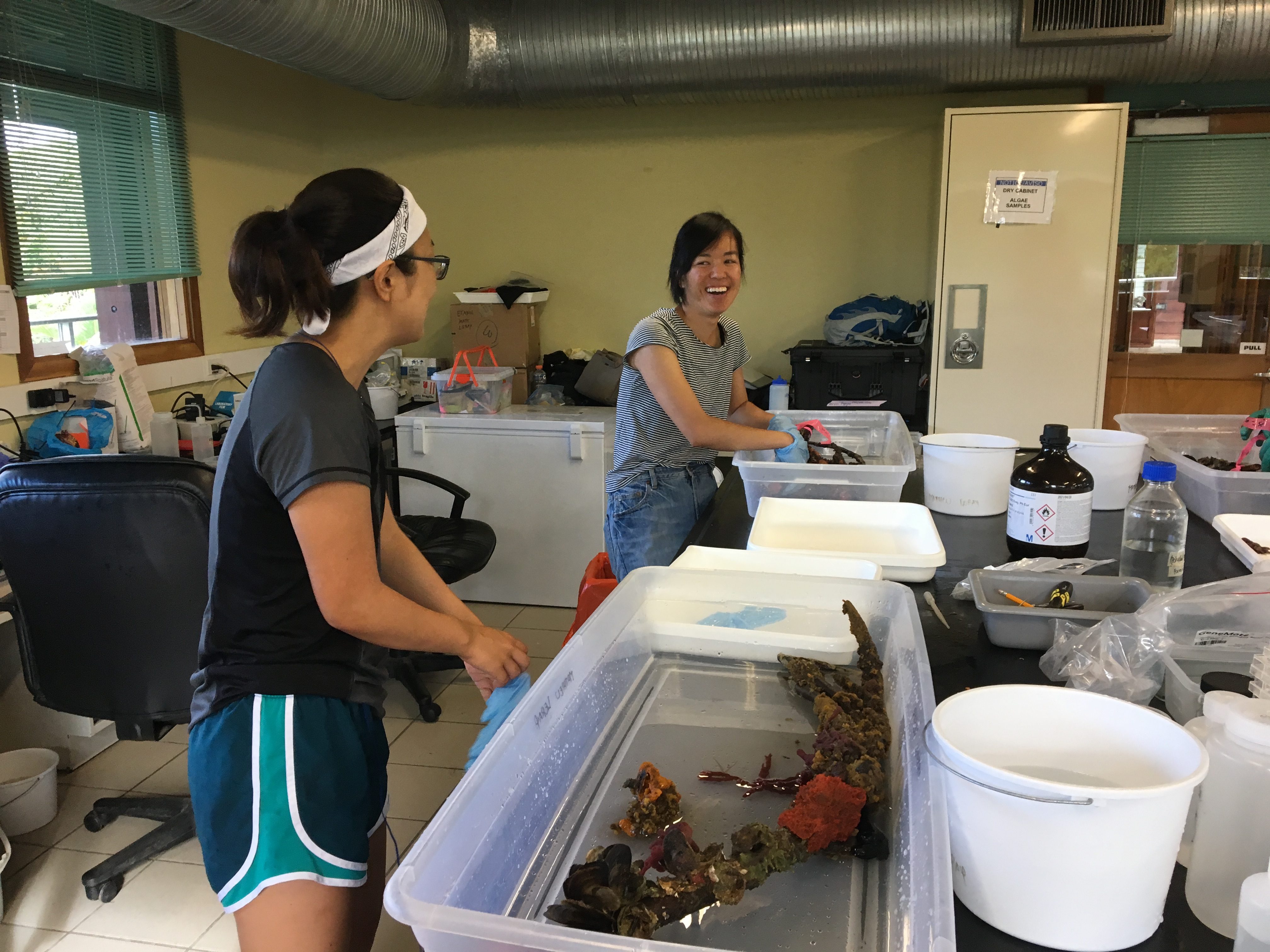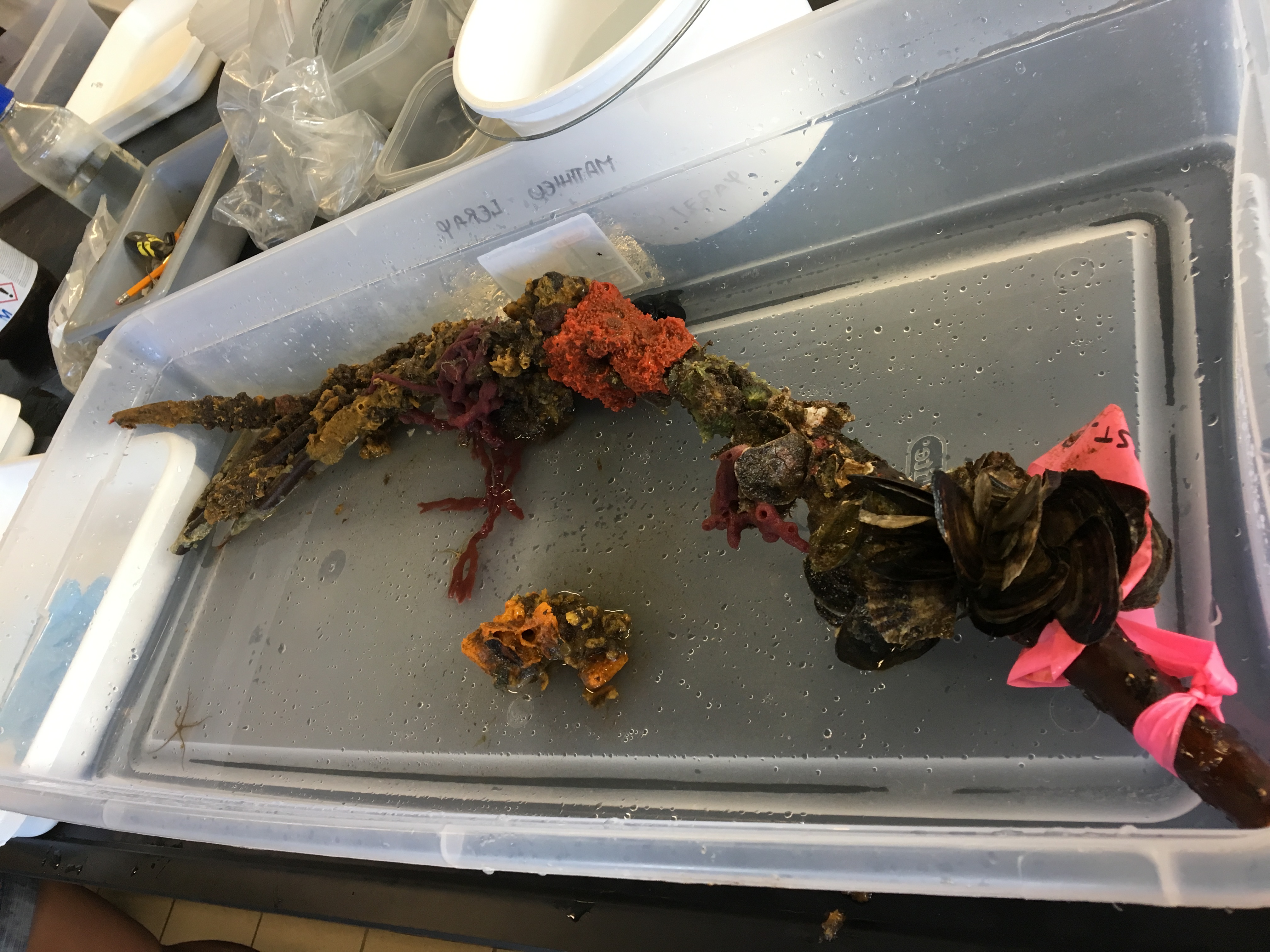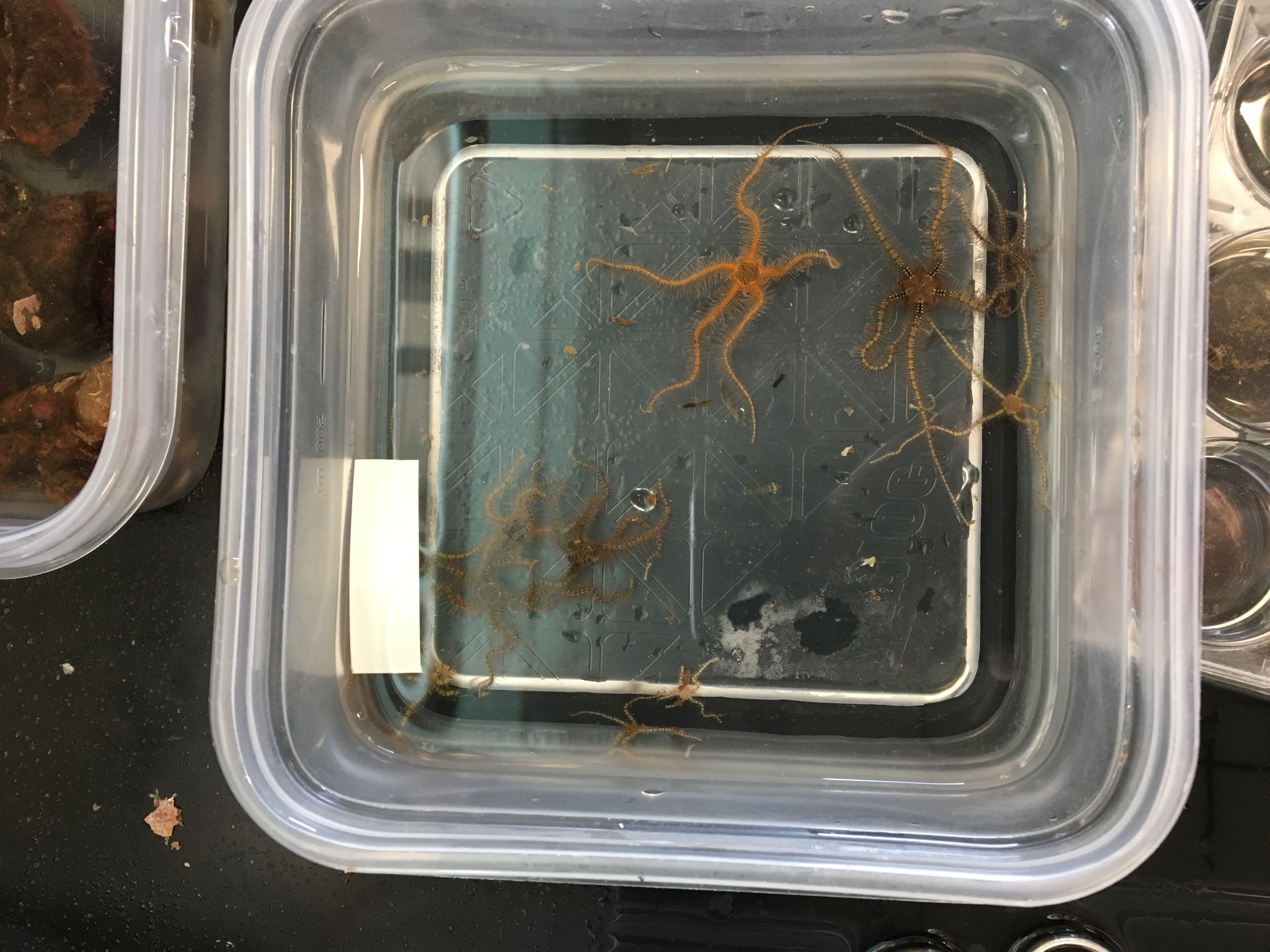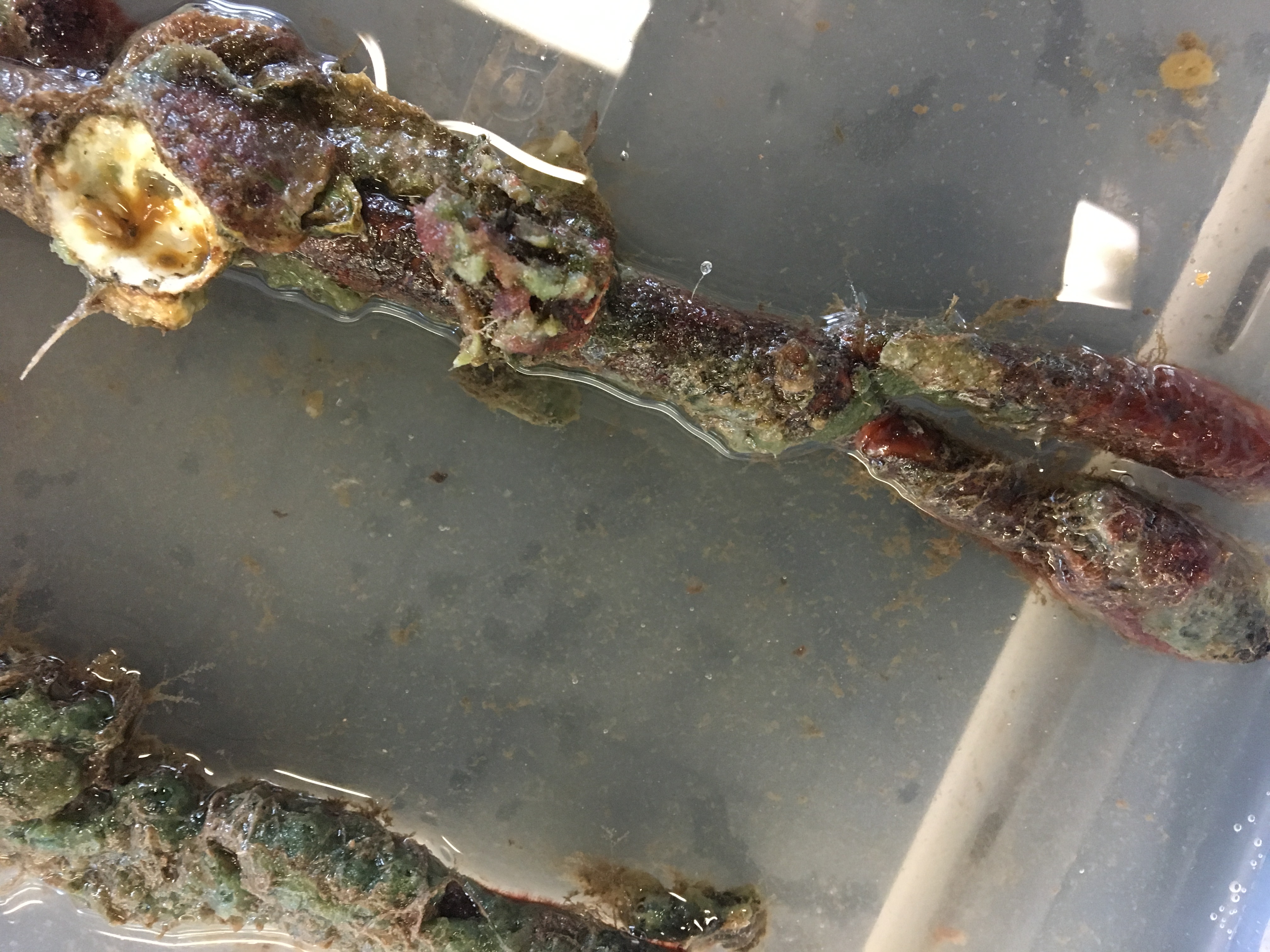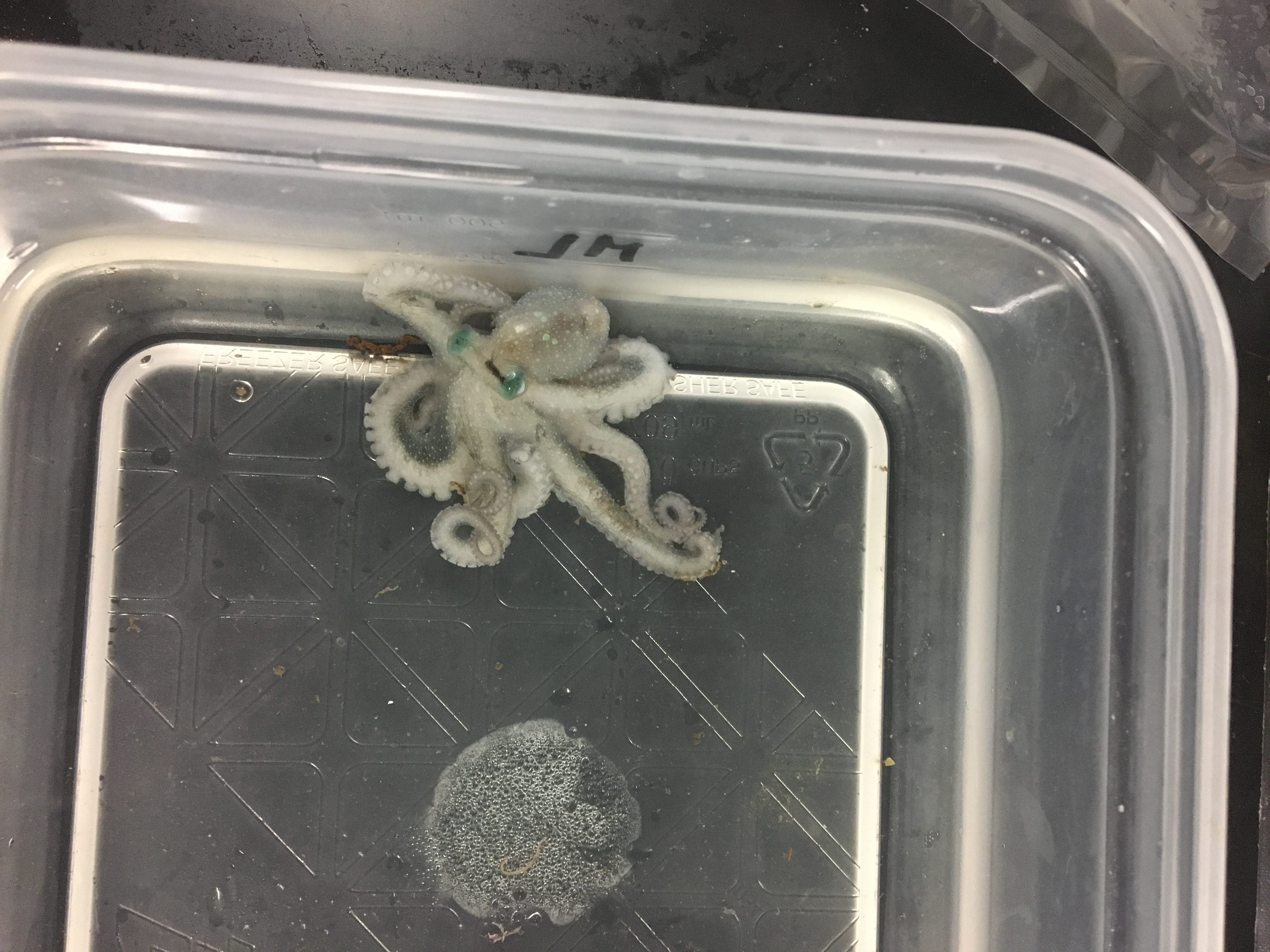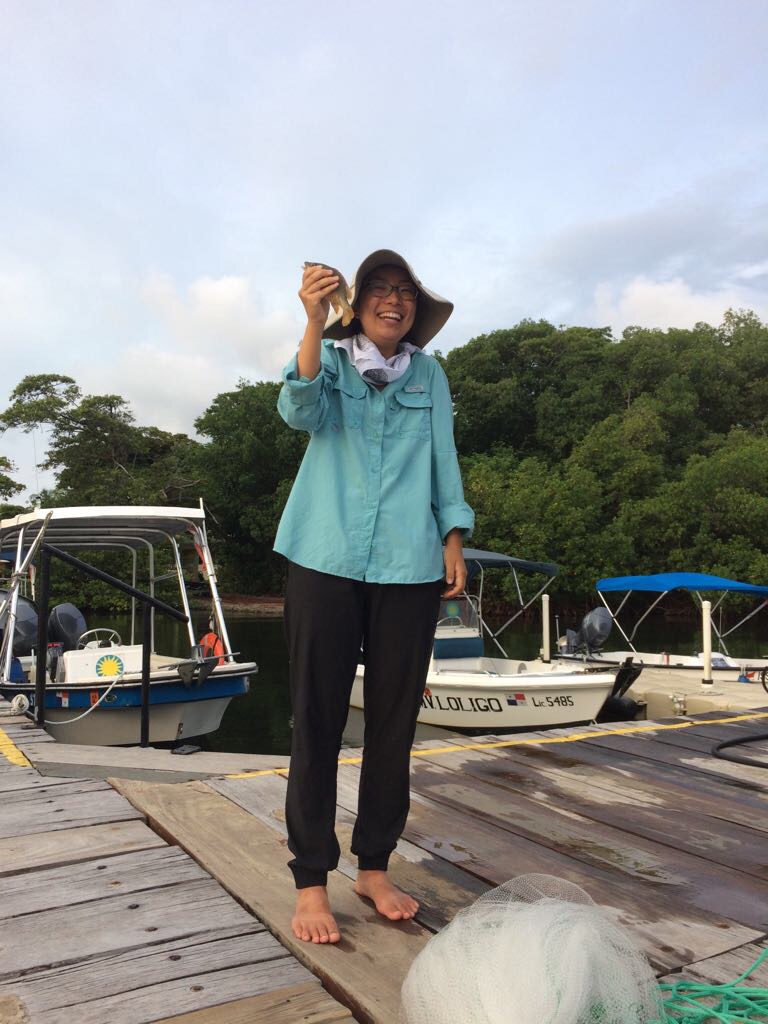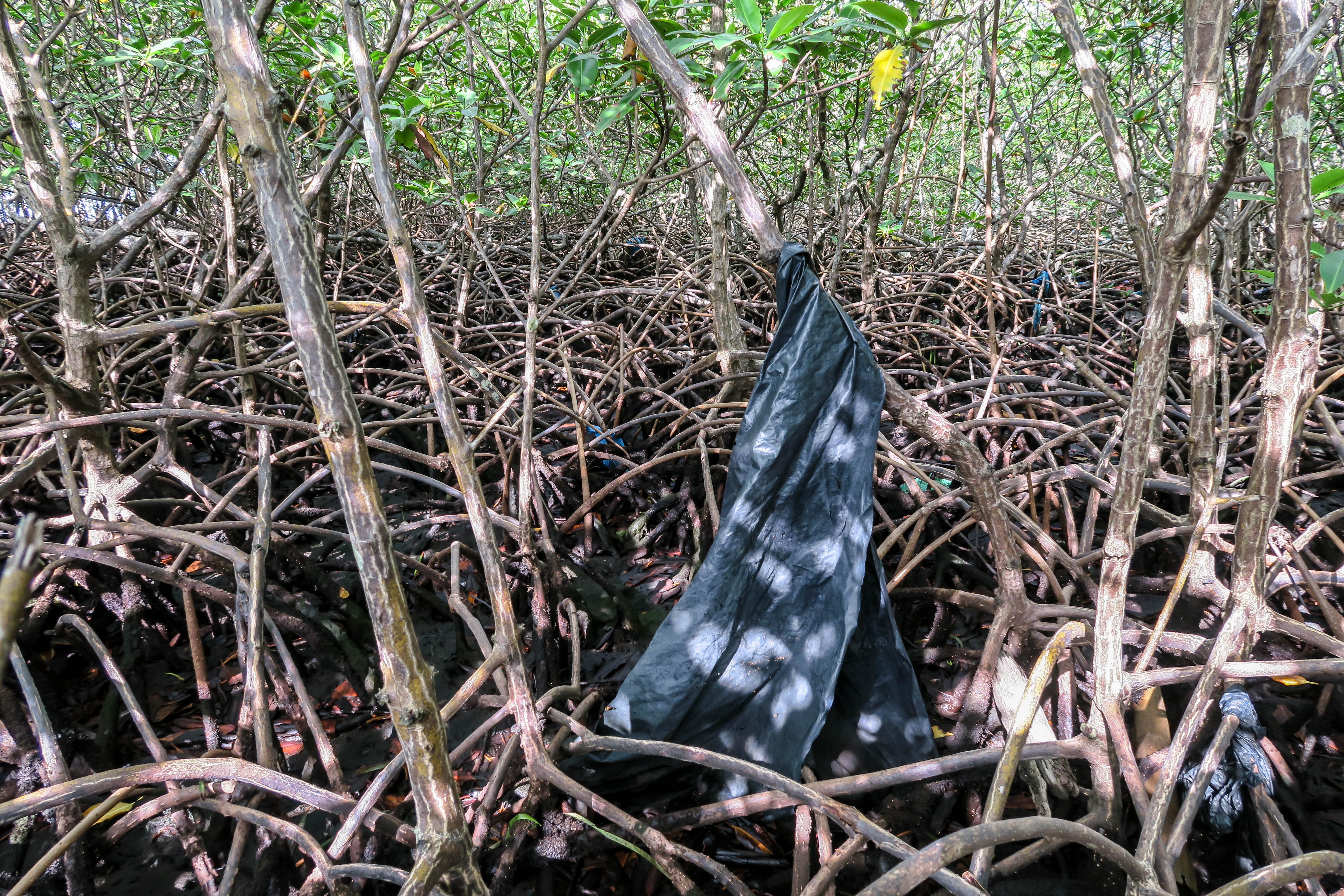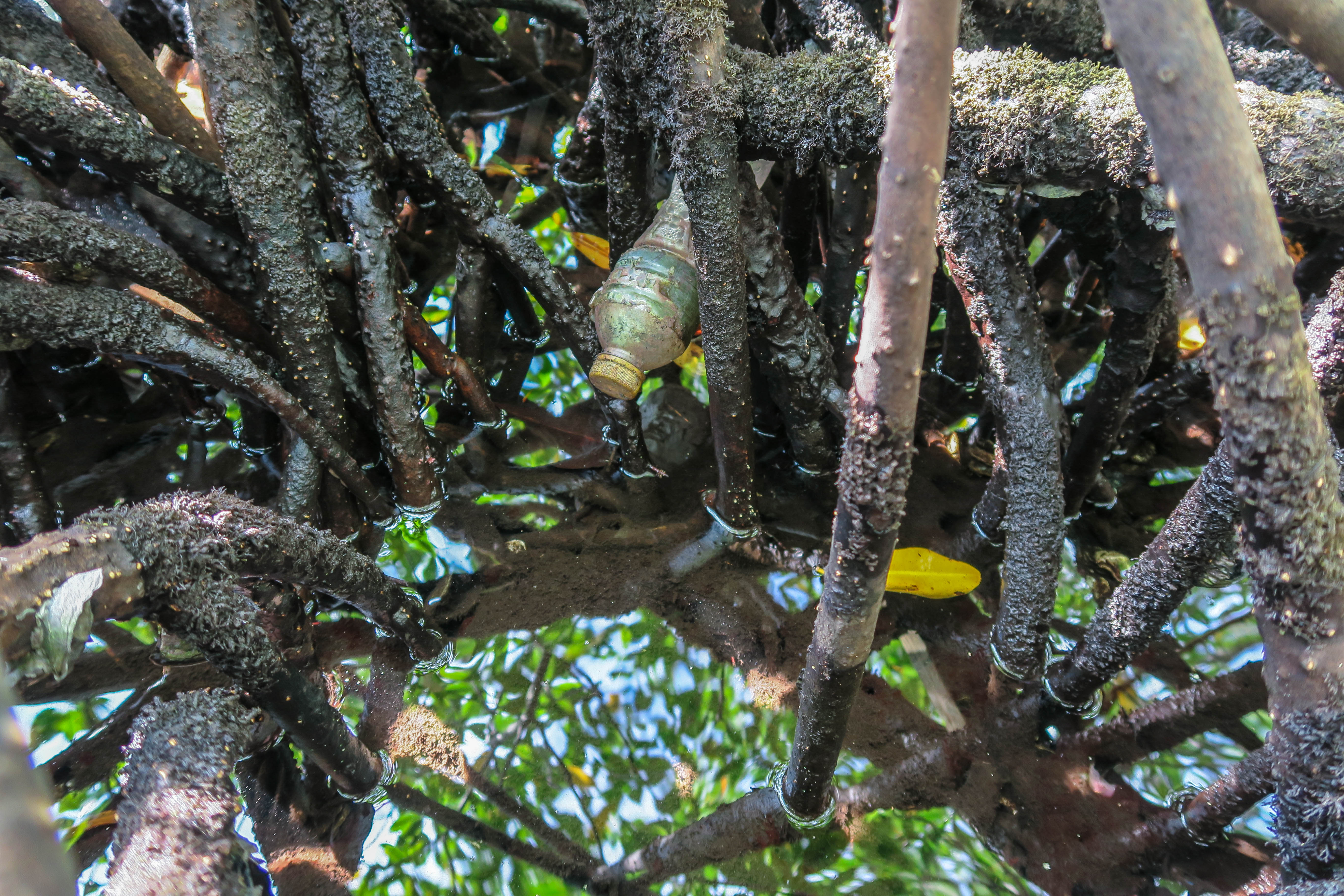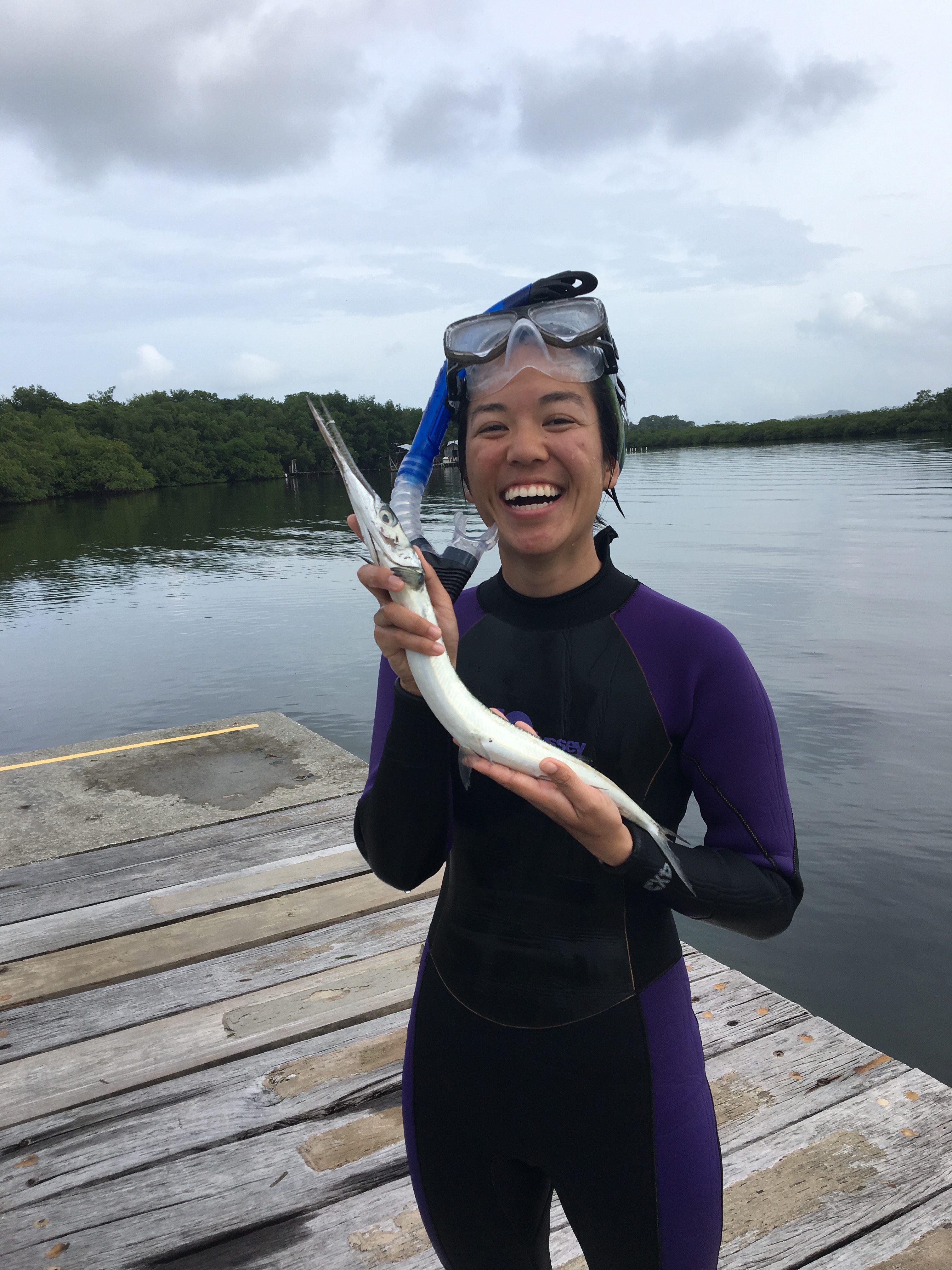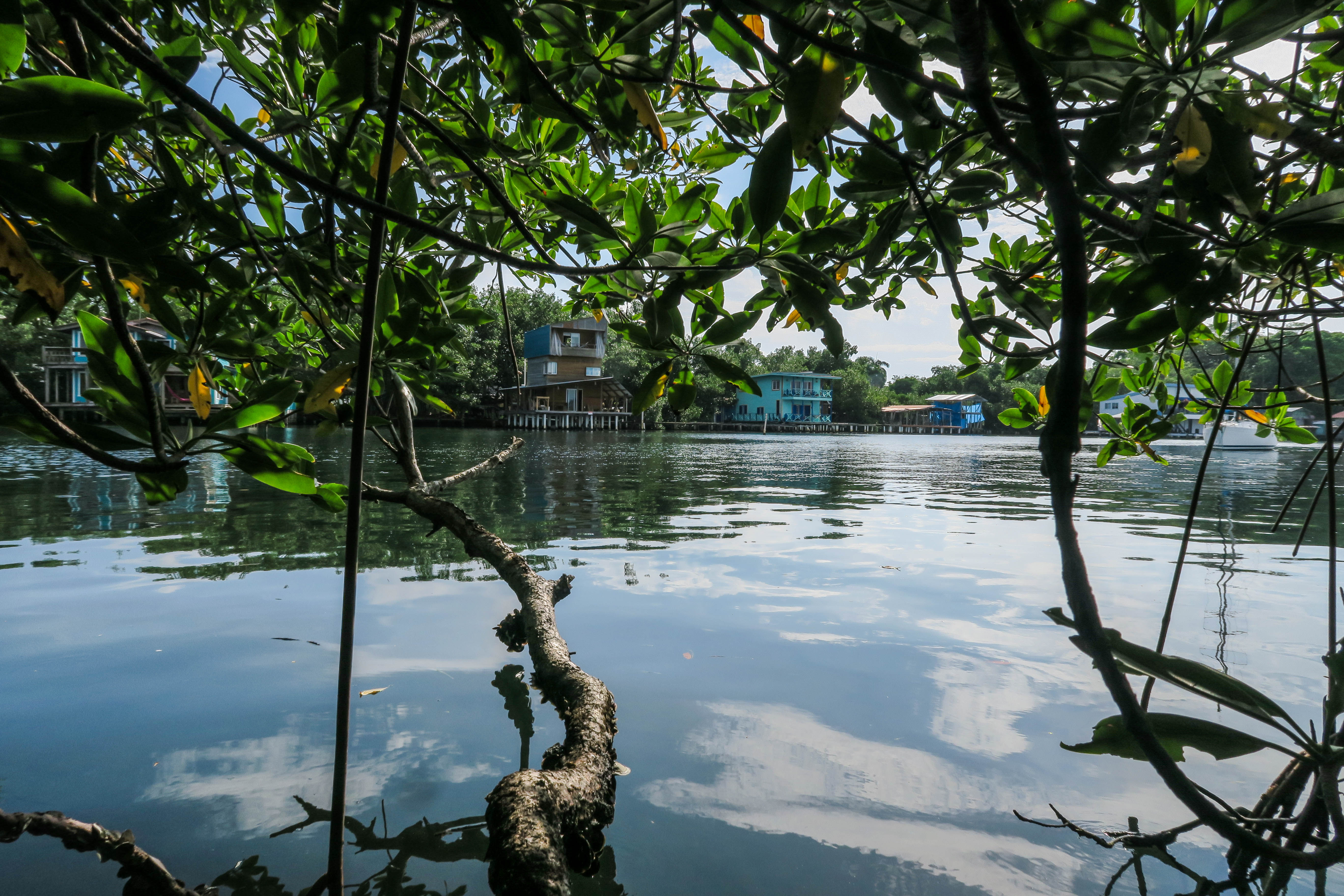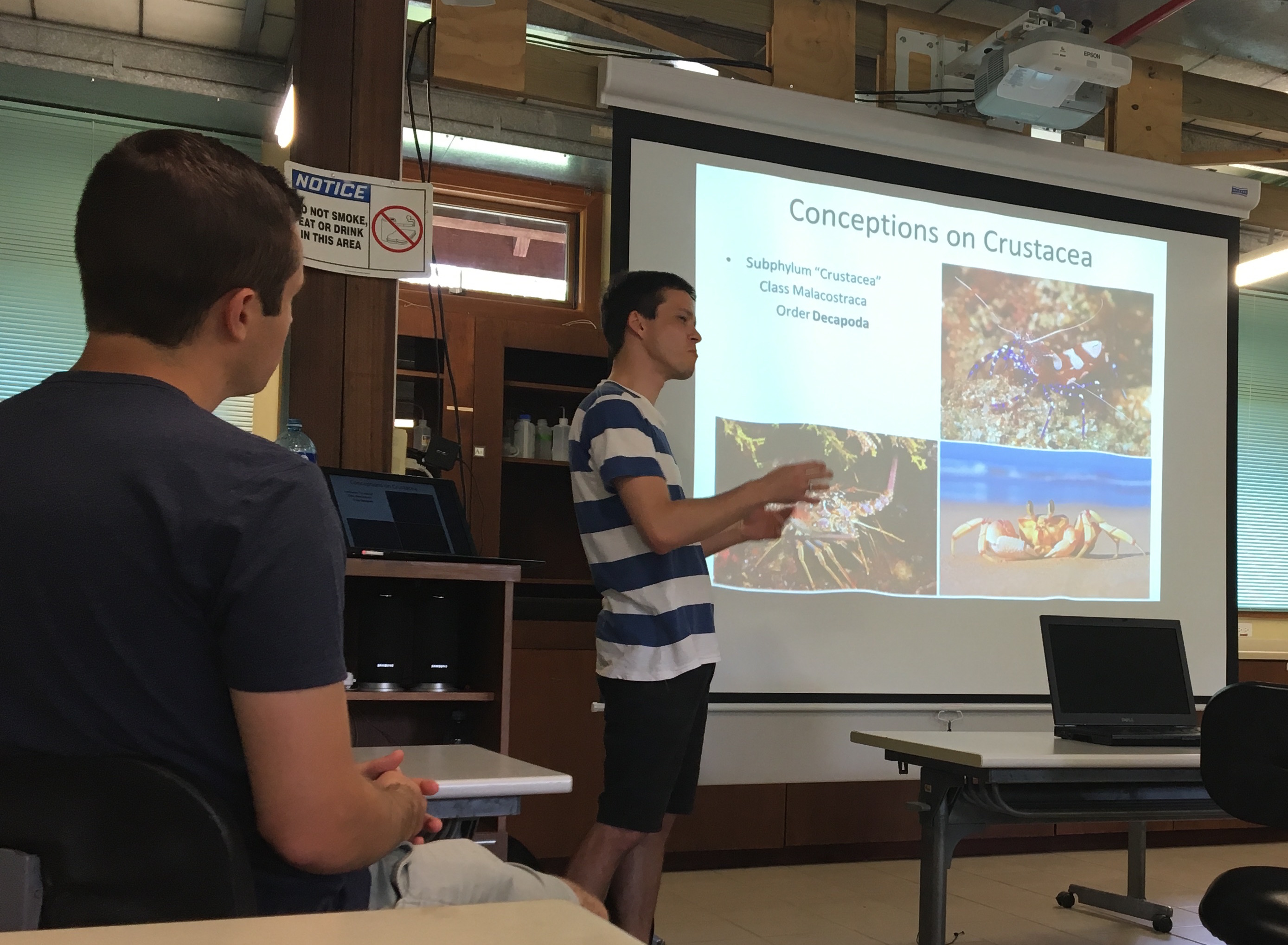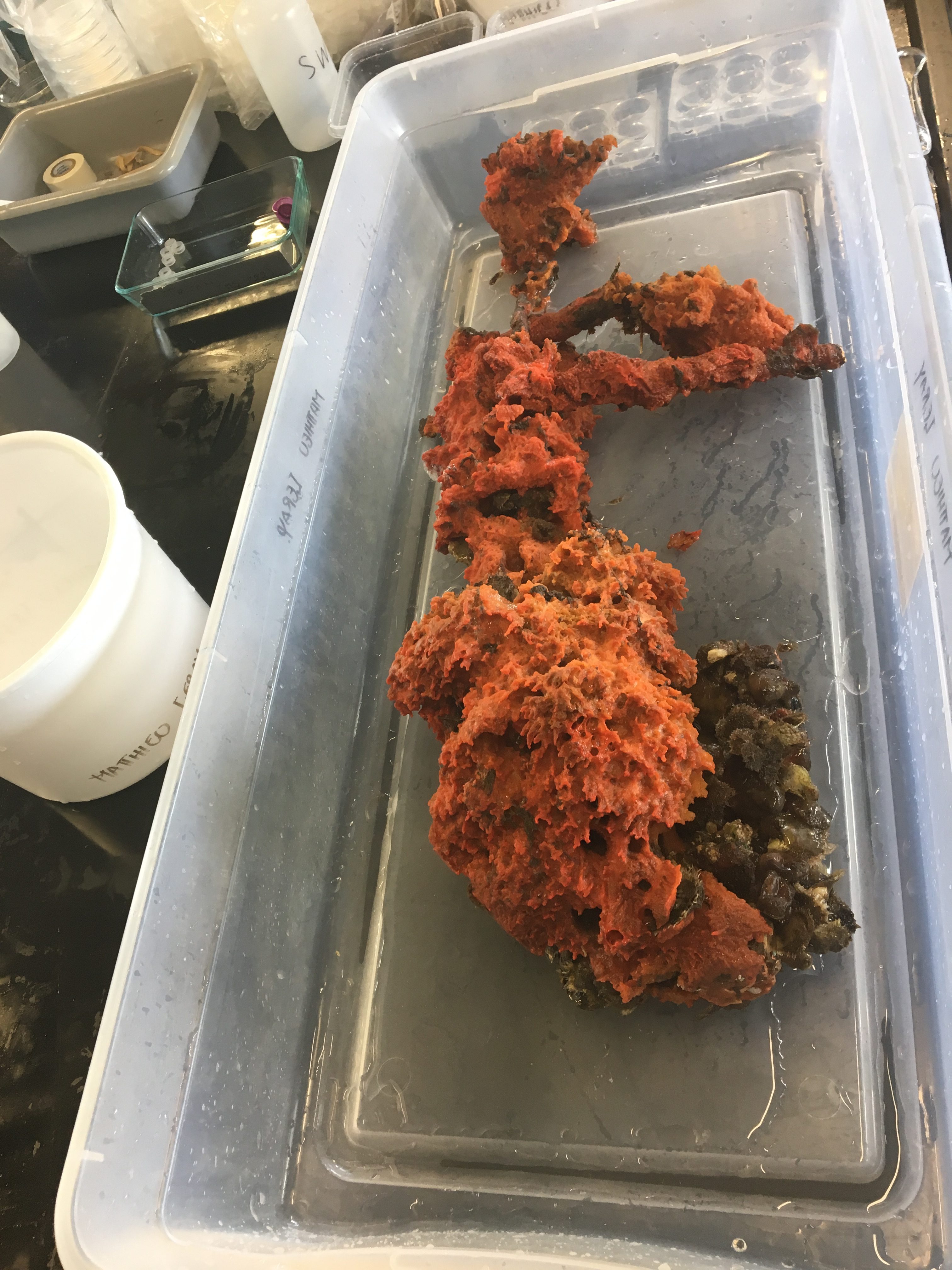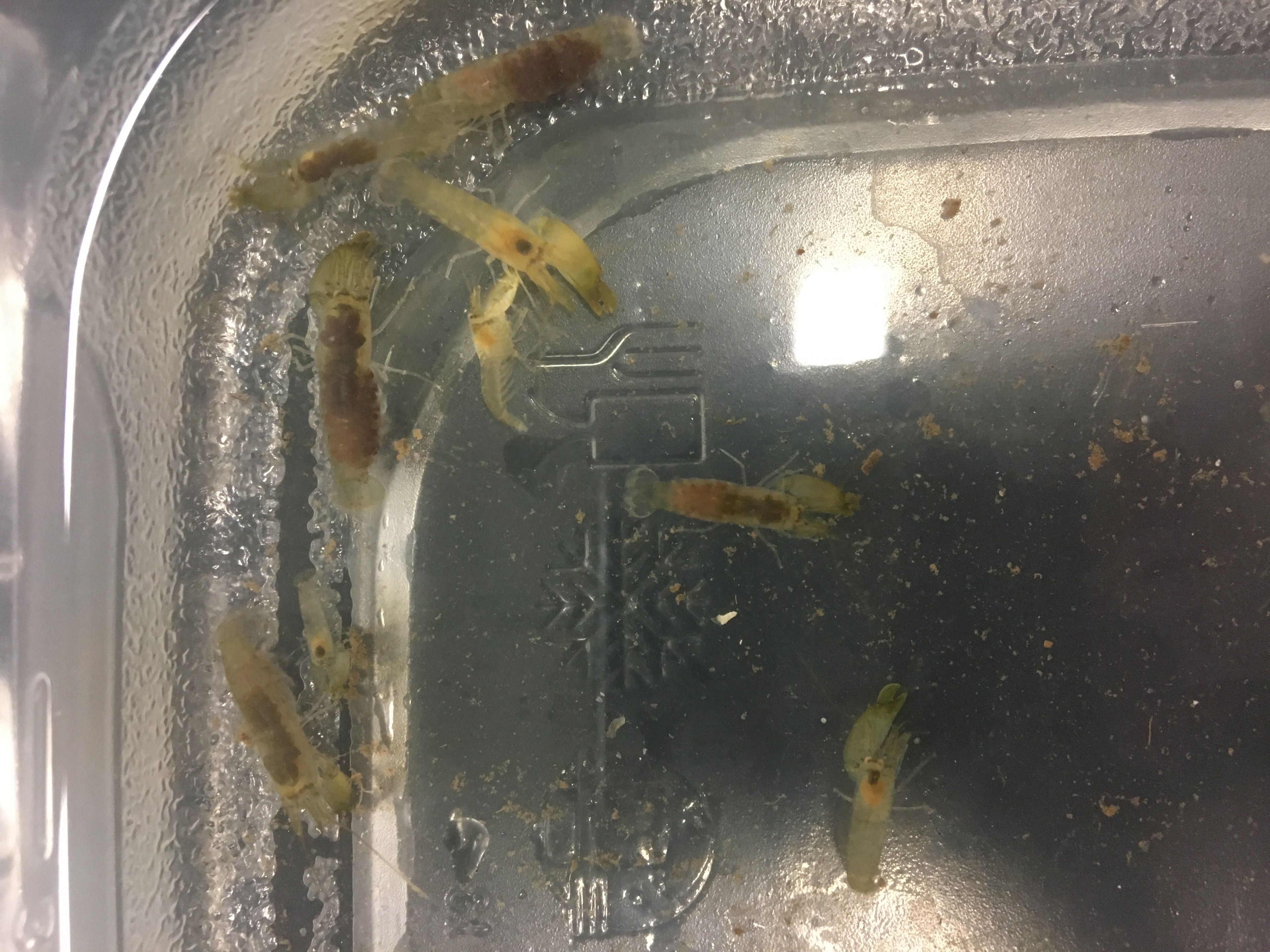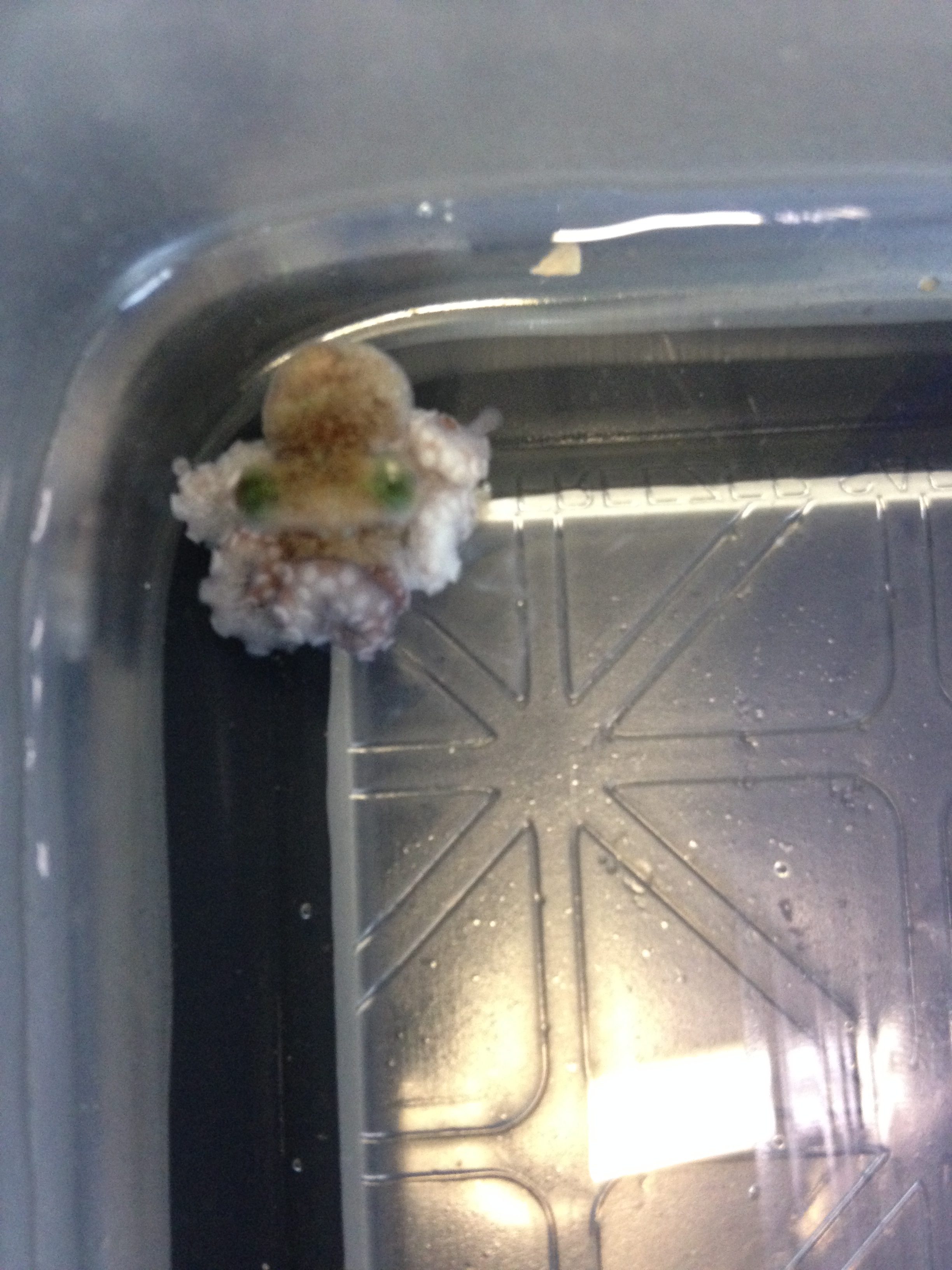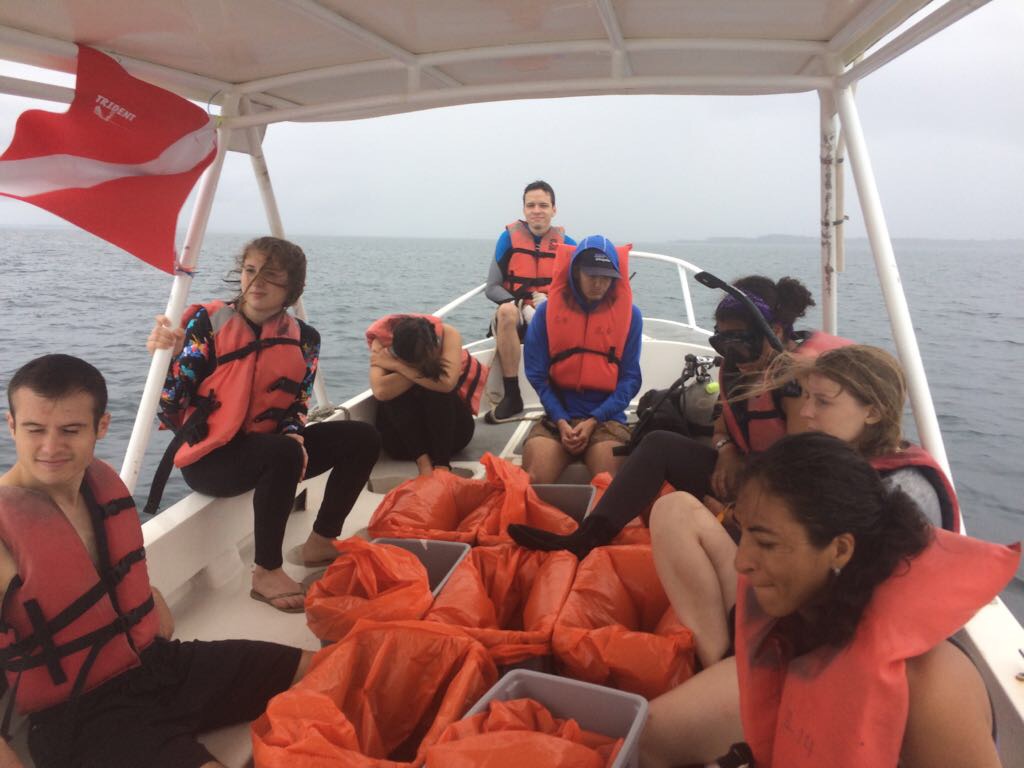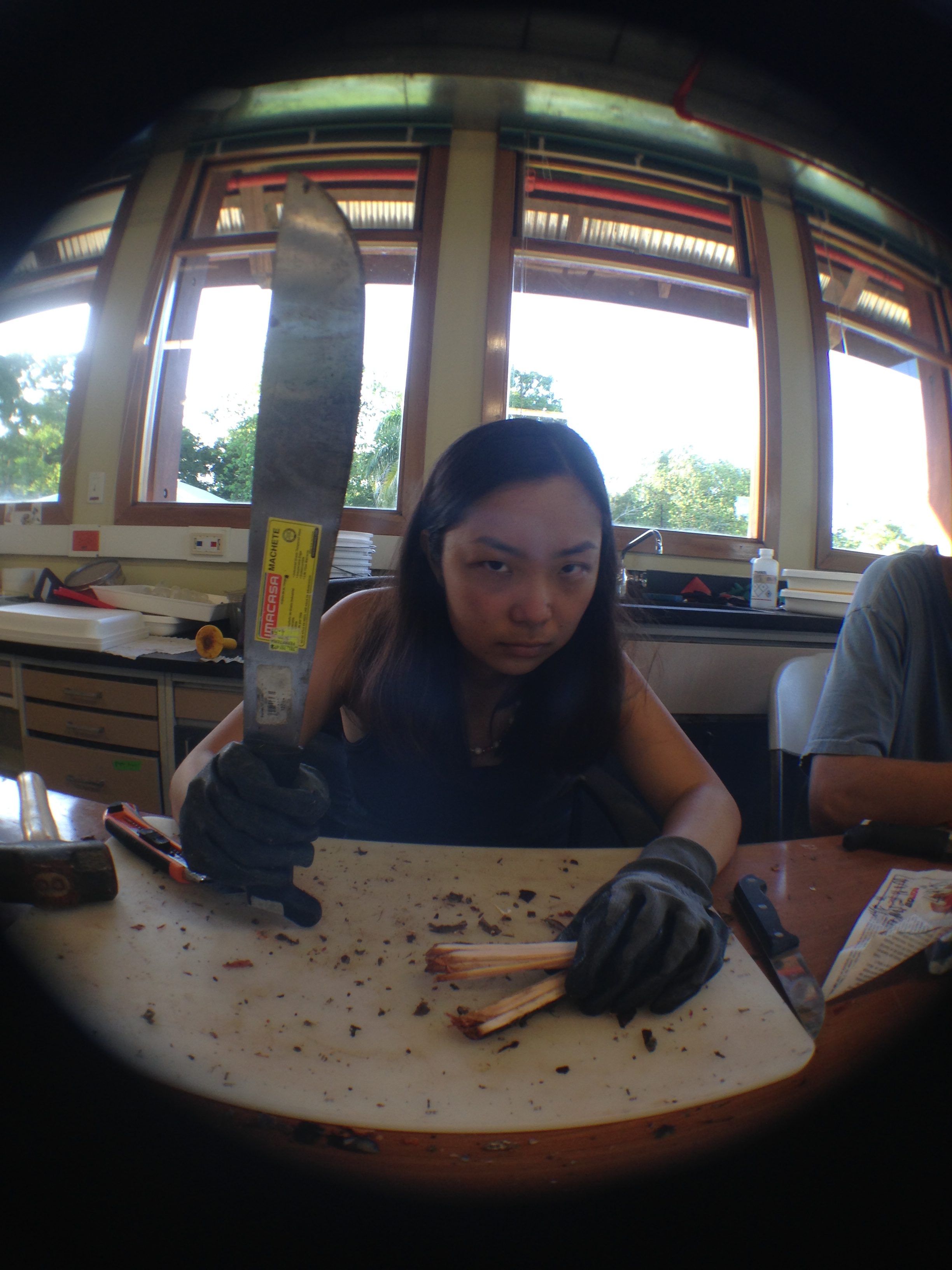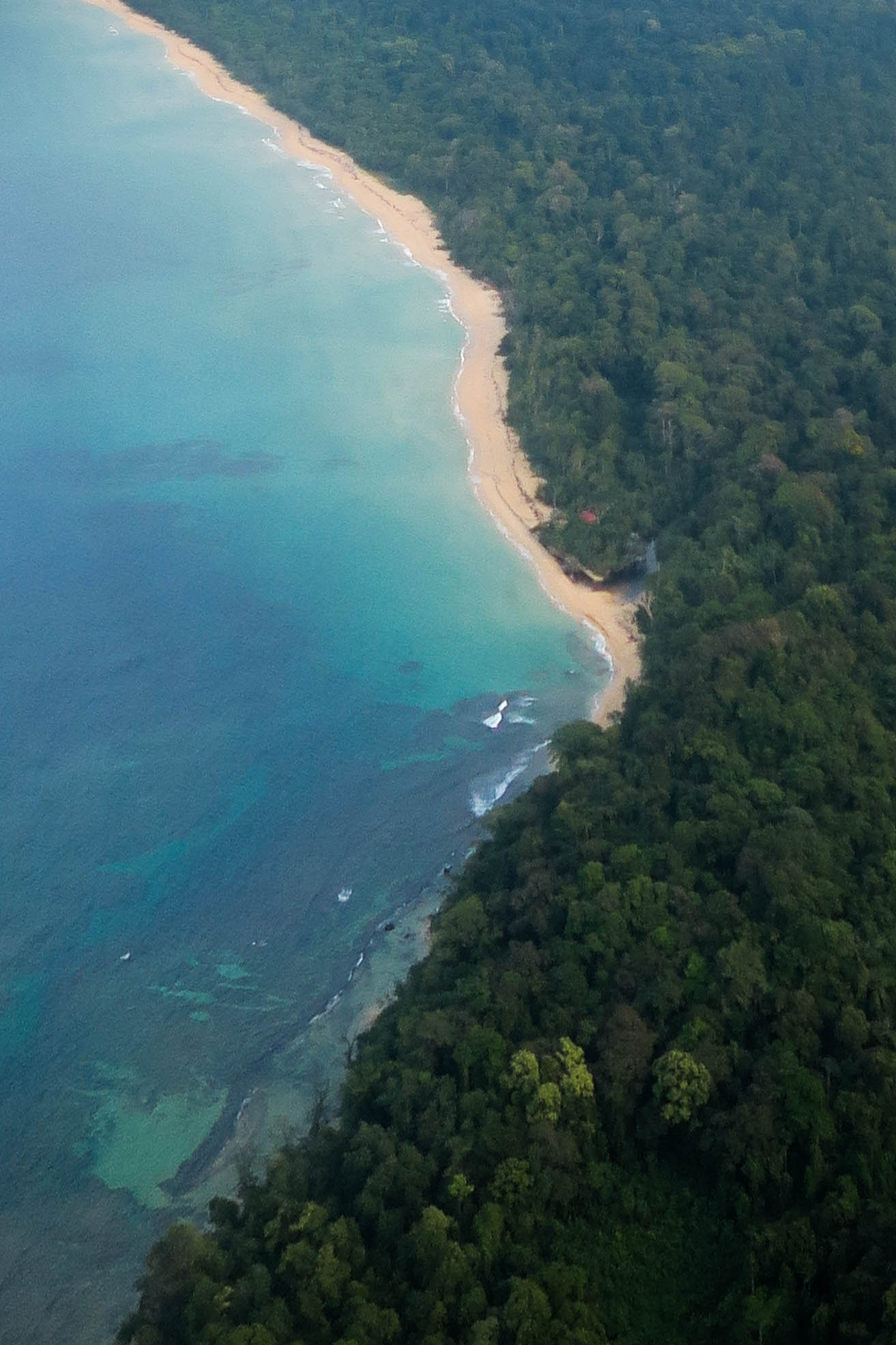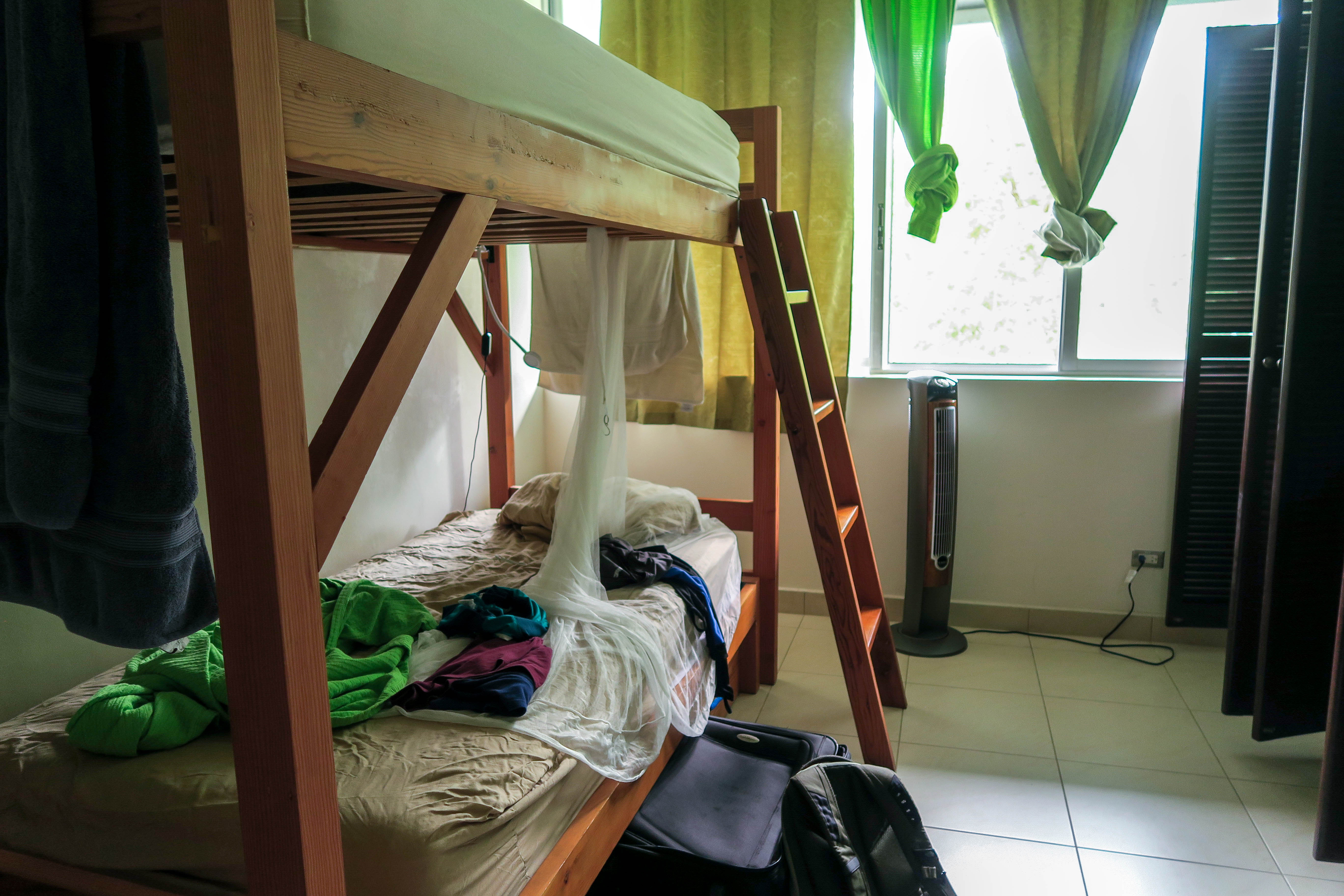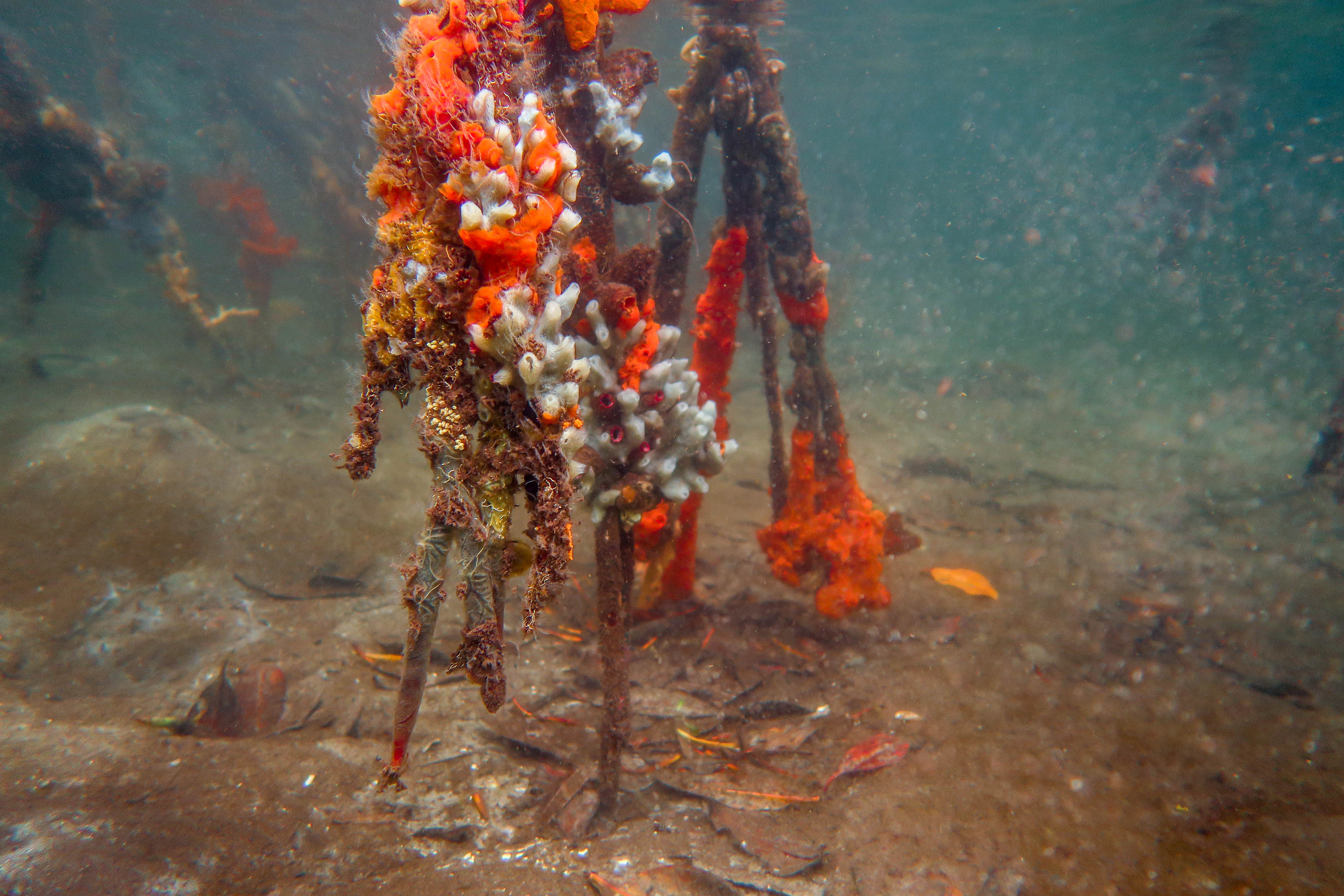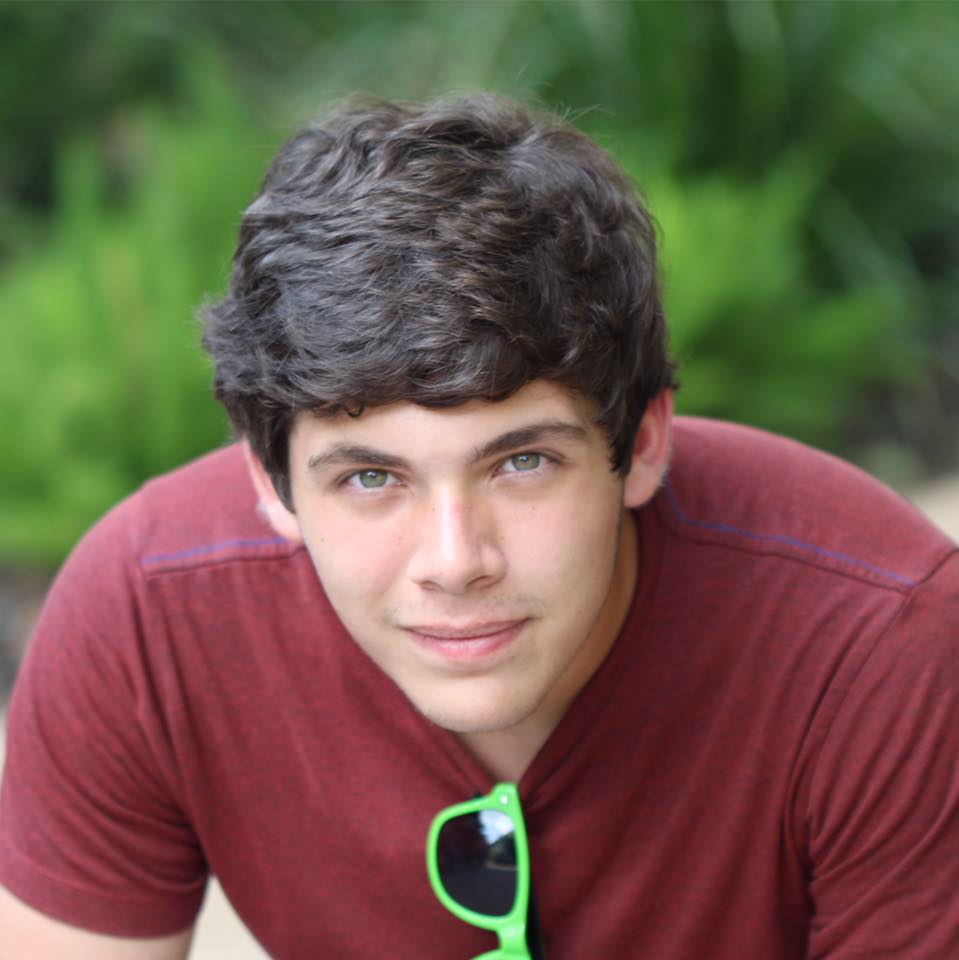Article 1: Panama Seeks Adventurers, Not Tourists in New Campaign from VML
The Panamanian government, specifically the Tourism Authority of Panama, has invested in a new tourism advertising campaign that sets apart its tropical wonders from those of other Latin American countries. Although bustling with new development, Panama is reframed in these advertisements to be for travelers…not for tourists. This may be due to the lack of easily accessible and ubiquitous luxury vacation experiences. The untouched beauty of natural ecosystems is closer to Panama’s unique identity – interestingly, it’s one that’s created by VML, a marketing and advertising agency based in the United States.
“The Central American country has few all-inclusive luxury resorts. The region doesn’t offer all-you-can-eat buffets. And Panama isn’t meant for those that need hand-holding. In short, there are tourists and there are trailblazers. And Panama is looking to attract the latter.”
It’s clear the Panamanian government is trying to attract a particular type of international visitor – one who is younger, low maintenance, and willing to explore uncharted territories that may be rough around the edges. It seems culturally precarious, though, to have outsiders try to represent authentic and unique Panamanian culture. In watching the flashy, well-edited, and fast-paced video linked in the article, I could barely recognize some of the sights that I saw while studying abroad there. I can see how these videos would attract people like me, who want to stray away from the stereotype of a typical shallow tourist seeking a tropical getaway . But calling outside visitors/tourists/travelers as the “trailblazers” of the country removes Panama of its own integrity, culture, and history. In short, the videos are cinematic, but not particularly informative, potentially selling Panama in the wrong way.
Article link (with video): https://www.mediapost.com/publications/article/301018/panama-seeks-adventurers-not-tourists-in-new-camp.html
Article 2: Spotlight: Social Effects of the Panama Canal
The Panama Canal is one of the Seven Wonders of the Modern World. It bridges two oceans and holds the global economy together, but also has a number of social implications that can be felt by all Panamanians. Only certain sectors of society are able to benefit from the canal, but because the canal has such a stronghold on the functioning of the country, there have been political and social movements addressing how Panama’s economy needs to diversify so that even those far removed from the canal can create a livelihood for themselves. The exclusionary practices of the canal can be attributed some to the massive amount of U.S influence in the country when Americans were in charge of it. With the recent expansion of the canal to accommodate even larger vessels, the question of how the money is distributed within Panama, and what that means for people who do not directly receive employment from the canal, will be crucial to address in the next coming years.
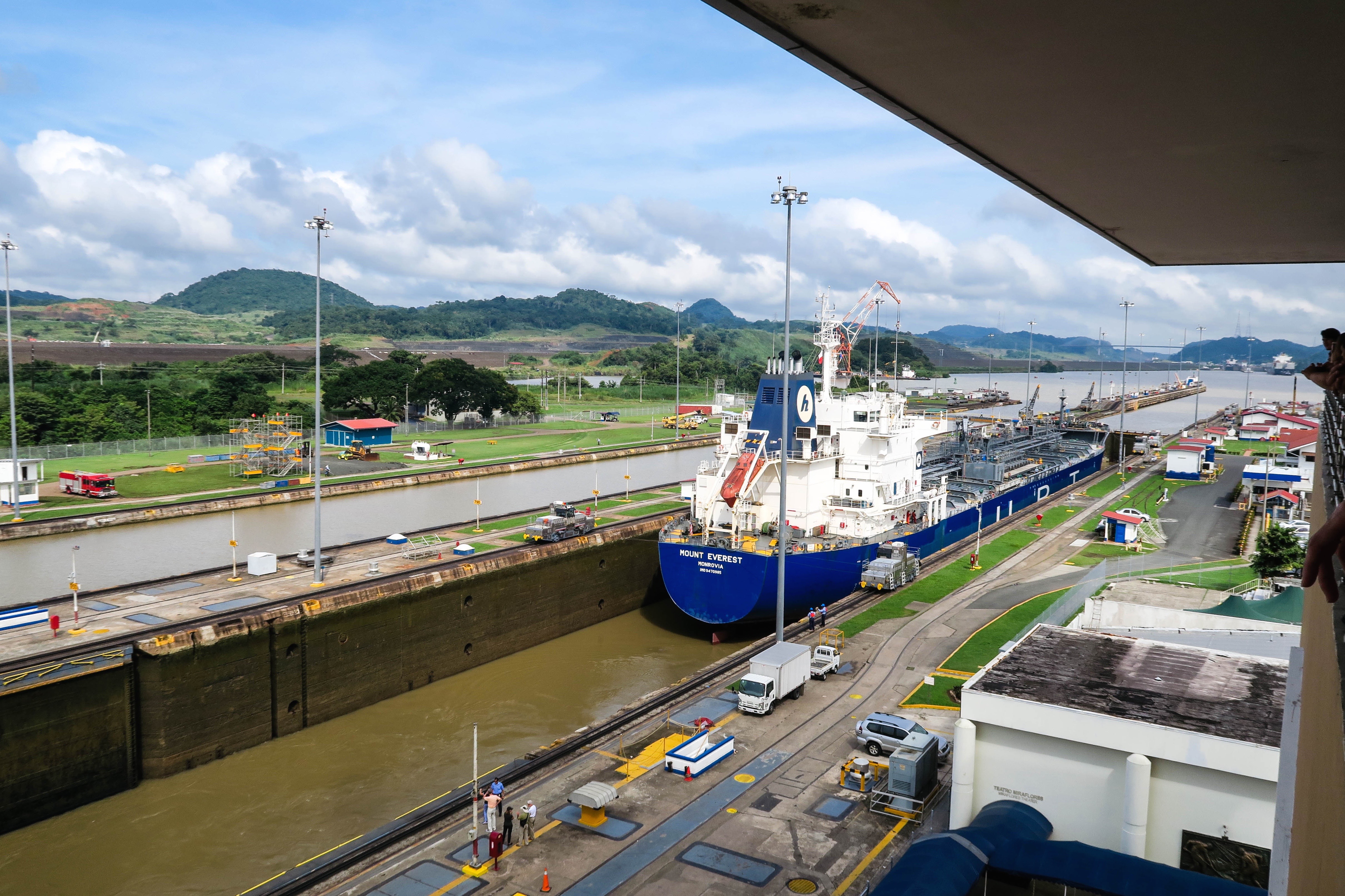
Milaflores Lock, one of three locks in the Panama Canal.
Although the Panama Canal is the most prominent way in which Panama is using its waterways for economic gains, it is by no means the only way in which the country uses water as a major source of wealth. In other parts of Panama, I have observed how damming rivers for electricity has threatened indigenous livelihoods and led endemic and undiscovered species to rapid extinction. Because of these large influxes of money circulating amongst only a certain group of individuals, Panama is an incredibly socially stratified country. But some of the happiest people I met were in more remote parts of the country, living and tending to small agricultural farms with their families nearby. It does not excuse, however, the social responsibility the government has to all of its people, regardless of their involvement with the Panama Canal.
Article link: http://news.wjct.org/post/spotlight-social-effects-panama-canal
Article 3: Young Mangrove Defenders Fight to Save Panama’s Wetlands
This short film by Christopher Springate highlights the problems of mangrove and wetland conservation in Panama’s Chiriquí Province. This area has seen massive amounts of deforestation due to the agricultural demands placed on the land. Over 50% of Panama’s mangroves have disappeared as a result, some of which is for the leather tanning industry that uses the Red Mangrove species to give their leather its characteristic red color. Although people are generally aware of the biodiversity mangroves support, there are still challenges to creating economic alternatives for locals who might need to clear mangrove forests for cattle ranching and farming. However, international initiatives for conservation are supporting local schoolchildren by teaching them the importance of mangroves and helping them grow mangroves to be replanted in nearby deforested areas. One small girl explained that it would help bring the animals back and help her father bring more fish to the table. In addition, scientists are taking samples of mangroves to try and understand the amount of carbon dioxide mangroves intake – some estimates are that mangroves can take up to five times more carbon dioxide than normal trees.

Me gracefully getting onto our boat after a long day of mangroves data collection. A preview to what I will look like this summer! Photo by: Cayla Carson
This article helps give some societal context to the research I will be doing in Bocas del Toro, which is located in the province right next to the Chiriquí Province. In a lot of ways, the agricultural runoff has affected the marine biology of the rest of the Chiriquí Lagoon, which I will be sampling some from. Wetlands conservation is incredibly important, and part of my research helps inform that by examining the amount of fish biodiversity that can be found in mangroves, specifically Red Mangroves since they are the ones at the outermost fringe between land and water. I hope that I can meet with some people from these conservation efforts while I am in the area to get a more nuanced perspective on the difficulties of protecting and replenishing wetlands. Chiriquí to me represents the breadbasket of Panama, so there are definitely implications to reducing agricultural activity in this region for reforestation. However, slowly transitioning to more sustainable methods like agroforestry and organic farming may help.
Article link (with 7-minute video): http://www.dw.com/en/global-ideas-panama-mangroves-children/a-37742746
Article 4: Detection of a Diverse Marine Fish Fauna Using Environmental DNA from Seawater Samples
This paper by Thomsen et al. in 2012 describes the potential of using environmental DNA (eDNA) to study fish diversity in marine habitats. It overall summarizes how traditional methods of fish surveying, which largely include a specialized diver doing fish counts in the water, can lead to human errors like misidentification and overall underestimation of fish diversity. This was the first paper to use environmental DNA directly from the seawater to study marine fish biodiversity. They used next-generation sequencing of PCR amplicons and obtained DNA samples from 15 different fish species as a result. These included economically important fish species as well as rare species that have not been reported from conventional monitoring. Overall, they concluded that even small samples of seawater can contain a wide range of fish species in local areas. Additionally, they found that eDNA fragments degrade within days.
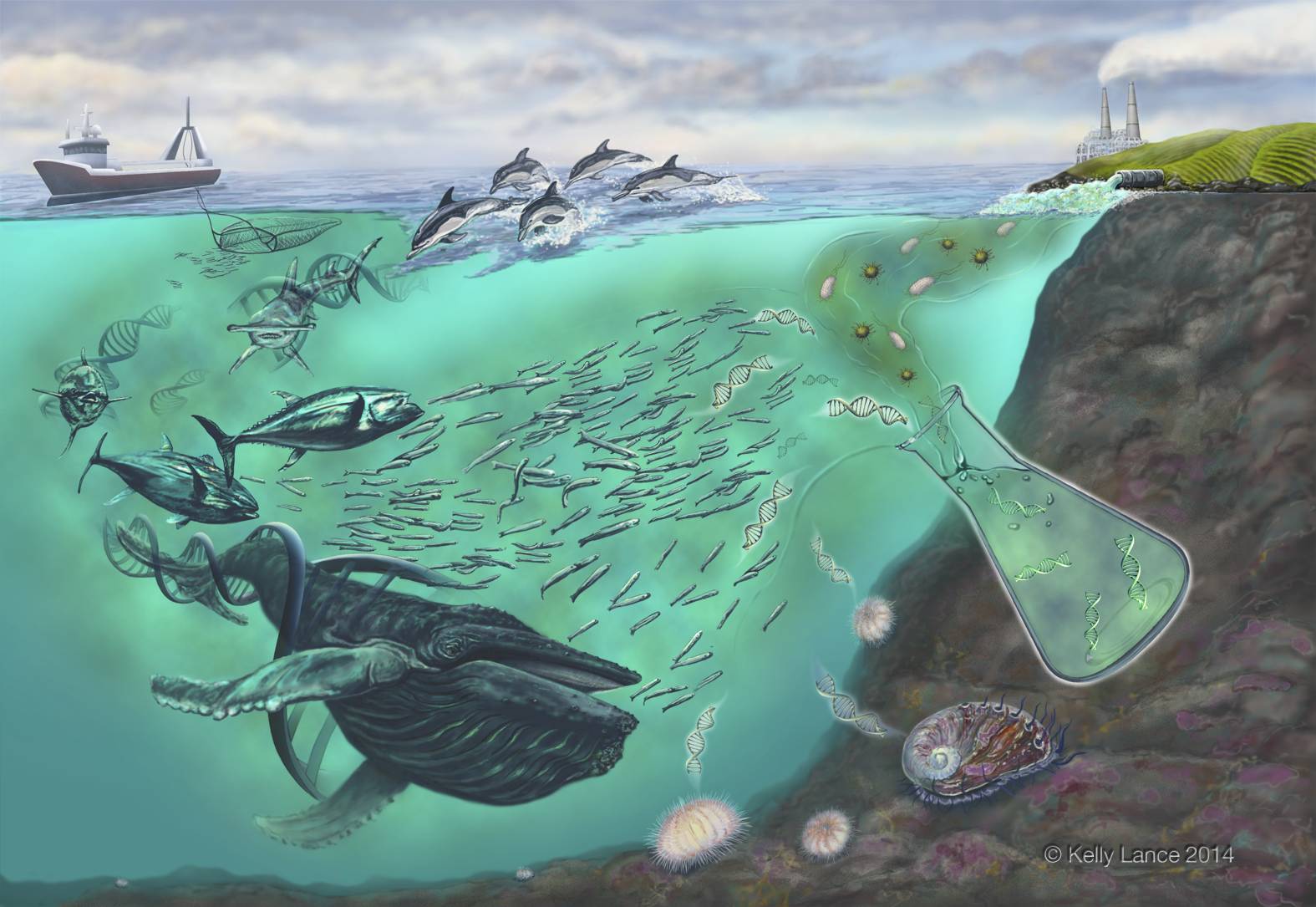
An artistic rendition of eDNA sampling of marine environments by Kelly Lance.
This paper was one of the first I turned to when I was setting up my Wagoner project and attempting to understand the methodology behind eDNA sampling and analysis. I think it is really fascinating that marine sampling for fish diversity in this way has only been around for the past five years, but holds great potential for monitoring efforts in the future. I know from firsthand experience that trying to count fish and identify them to the species level on the spot without error is incredibly challenging, especially if you are not scuba diving. Additionally, I oftentimes scared fish away by swimming near them, which made my data more erroneous. Since eDNA only stays detectable in marine environments for a few days, I can capture a larger moment in time than when I was counting fish for one or two hours in the water. Additionally, I am able to (with some reliability) say that the fish species I have found in my samples were in that area fairly recently. I hope that I can add to this body of research for highly productive shallow water Caribbean ecosystems.
Citation: Thomsen, Philip Francis, et al. “Detection of a diverse marine fish fauna using environmental DNA from seawater samples.” PLoS one 7.8 (2012): e41732.


